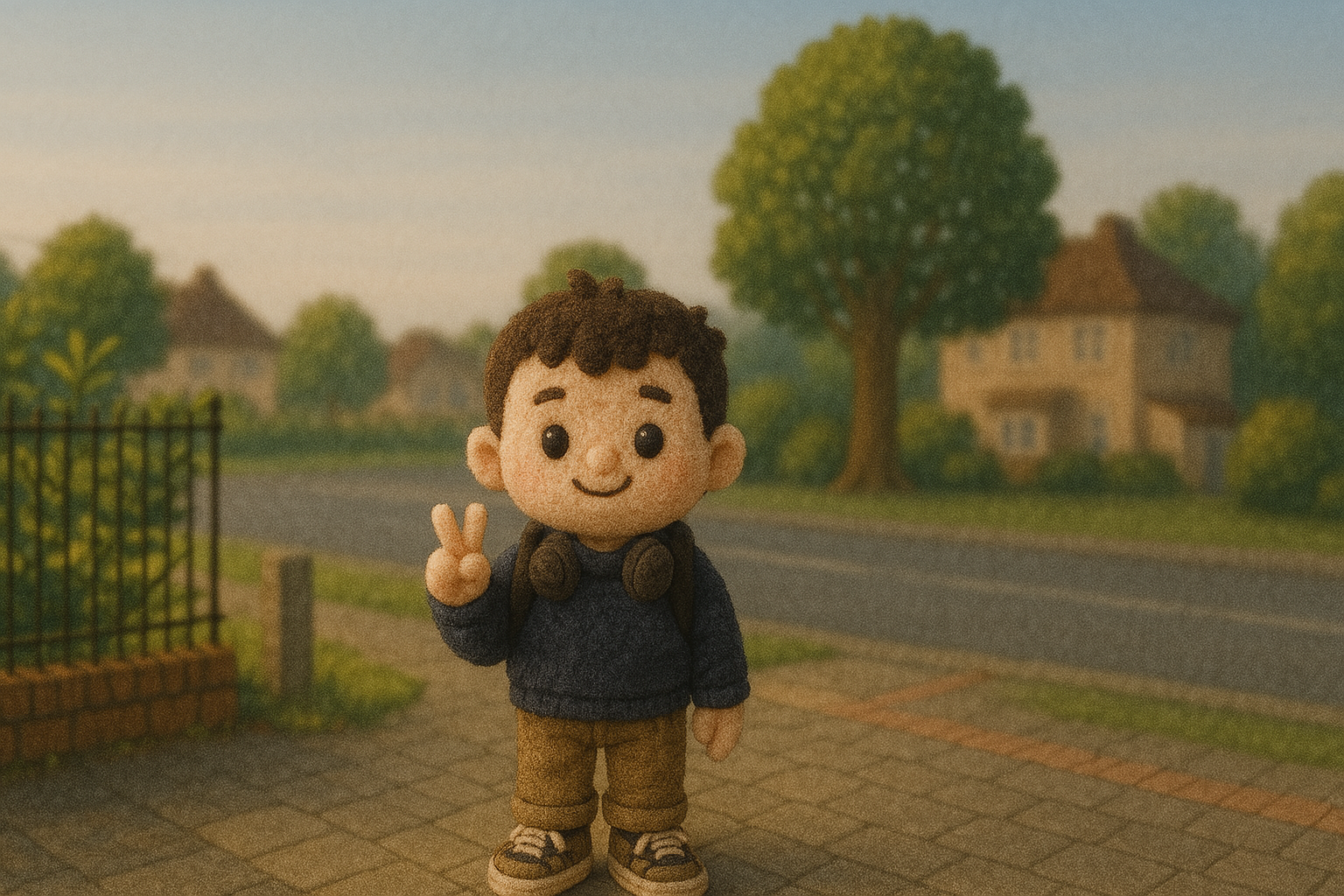7 sleep techniques to banish the Sunday Scaries and help you fall asleep fast
Tackle your anxiety about the coming week head on with these proven sleep techniques to beat the Sunday Scaries

We’ve all been there. Sunday morning creeps into Sunday afternoon, and before you know it you’re gripped with impending doom over the upcoming week. The truth is, the Sunday Scaries, also sometimes referred to as the Sunday Blues, is a cutesy term for a very real (and very unpleasant) feeling of anticipatory anxiety.
The term Sunday Scaries is used to describe the anxiety a person can feel on Sunday about the week ahead. They make it harder to drop off and you'll wake up more because you're worrying so much.
These vague feelings of dread tend to worsen as day rolls into night, with bedtime impacting sufferers the hardest. Stewing over what Monday morning might bring is no friend to sleep, with many people waking up the following morning feeling sleep deprived and exhausted.
Thankfully, there are a whole host of sleep techniques available to help you fall asleep faster, so you can tackle whatever Monday brings having had a full, restorative night’s sleep. From the 4 7 8 sleep technique to guided sleep meditations, we — as a combined team of sleep writers Tom’s Guide — can vouch for all of these methods as an effective way to help you fall asleep fast and stay asleep for longer.
If you’re serious about improving the quality of your sleep, you might also want to look at your bed. If yours isn't supporting you, or you're waking up with aches and pains, it's time for something new – our best mattress guide can help you there. A decent mattress combined with the following sleep techniques should help banish the Sunday Scaries for good. Here's how...
7 sleep techniques to banish the Sunday Scaries
1. Journal your worries long before bed
Put your worrying thoughts to bed by jotting them down in a sleep journal, which is a science-backed way to help reduce anxiety. Writing down the things that are making you feel anxious is an effective way to break the negative cycle of rumination, which is when we dwell on negative feelings of distress.
Don’t overthink it — just spend five to fifteen minutes writing down everything that’s troubling you, whether big or small. Once you have finished, re-read what you have written. Are you worried about things that are about to happen or worried about things that could happen? Sleep journaling can help you recognize negative thought patterns and break them.
A tip from Claire Davies, Tom's Guide's Sleep Editor: "Journal in a different room and not in your bedroom, as you don't want to build an association between your sleep space and worrying."
Sign up to get the BEST of Tom's Guide direct to your inbox.
Get instant access to breaking news, the hottest reviews, great deals and helpful tips.
2. Try the Military Sleep Method to fall asleep fast
The Military Sleep Method is a popular sleep technique that occasionally does the rounds on TikTok, but goes back way further than being a social media-friendly sleep hack. As its name suggests, the Military Method is a sleep technique brought into effect during WWII, when fighter pilots needed to fall asleep quickly in order to maintain razor sharp reflexes.
@justin_agustin ♬ You - Petit Biscuit
Sleep deprivation can make us feel forgetful and sluggish, so one technique to beating the Sunday Scaries is to try and fall asleep as fast as you can once in bed. The Military Sleep Method is a very popular sleep technique that can help you fall asleep fast — it will take several weeks of using it every night without fail for it to become effective enough to help you fall asleep in two minutes.
Here’s how to use The Military Sleep Method:
1. Relax your jaw and facial muscles, including your tongue.
2. Now drop your shoulders down as far as they’ll go to release the tension.
3. Keep your arms loose by your sides, relaxing your fingers and hands.
3. Exhale deeply to relax your chest, then relax the muscles in your legs and feet.
4. Imagine a calming, warm sensation spreading from your head down to your toes.
5. Inhale and exhale deeply, clearing your mind of thoughts and stresses.
6. Now think about the following image: You are lying on your back in a boat on a placid, calm lake with nothing but a crystal clear sky above you.
If you find that your mind wanders while working through these steps, repeat the phrase ‘don’t think, don’t think, don’t think’ in your mind for ten seconds, during which time you will likely fall asleep. It's OK if you don't, though, just go back to the first step and repeat the process.
3. Set a consistent sleep schedule
You might already be familiar with the term sleep hygiene, but improving yours could help beat your Sunday night anxiety. Your sleep hygiene loosely refers to your sleep habits, environments and bedtime routine. A clean and clutter free bedroom that is dark and cool in temperature is indicative of good sleep hygiene, as is a consistent sleep schedule.
The fact is, going to bed late on Saturday night will make it very difficult for your body to recognize that it’s time for bed come 10pm on Sunday night. So, setting a sleep schedule that you follow every night — even on the weekends — will make it easier for your brain to recognize that Sunday night is a time for sleep, not for worrying about the week ahead.
4. Listen to a guided sleep meditation
The Sleep Talk Down Guided Meditation is a hugely popular guided meditation by meditation teacher Jason Stephenson, that all but promises to cure you of the Sunday Scaries. With 23 million YouTube views to date, this was a fall asleep fast method we had to try it for ourselves. The 60 minute guided meditation encourages you to let go of stressful thoughts, all while slipping into a deeper state of relaxation, thanks to the soothing music that accompanies the meditation.
We followed the guided meditation every day for a week and would recommend incorporating it into the end of your bedtime routine, so you can drift off gently to sleep without having to get up again. We found that the more we listened to the meditation, the quicker we slipped into a deep state of relaxation and found that our sleep was of a better quality than without the meditation.
5. Use the 4 7 8 method to manage sleep anxiety
The 4 7 8 method is a cyclical breathing technique that was created specifically to be “a natural tranquilliser for the nervous system”, making it the perfect antidote to a bout of the Sunday Scaries.
Drawing on yogic breathing techniques, the 4 7 8 method works by awakening the parasympathetic nervous system (PSNS), which is responsible for your body’s ‘rest and digest’ functions. The more you practise the 4 7 8 method, the more effective it will be in managing feelings of stress and anxiety, so consider making it part of your bedtime routine.
Here’s how to use the 4 7 8 method:
1. Close your mouth and inhale through your nose, holding for the count of four.
2. Hold your breath for the count of seven.
3. Exhale, making a ‘whoosh’ sound.
4. The above steps count as one cycle. You can repeat this three more times.
6. Try the body scan technique
This is another meditation technique, except the body scan meditation technique is self-guided. It can be done at any point during the day, but is particularly effective at releasing tension in the body in the run up to sleep. Essentially, you focus on one body part at a time, allowing any lingering stress and tension to dissolve as you do so.
Here’s how to do the body scan method:
1. Lay down, close your eyes and get comfortable.
2. To begin, slow your breathing and bring awareness to your head.
3. How does it feel? Allow any tension to pass as you exhale.
4. Next, ‘scan’ the rest of your body, gradually moving down to your feet.
7. Turn off your phone
Sure, this might feel basic, but turning off your phone before bedtime is one the most transformative sleep techniques at your disposal. Not only will doom scrolling not help those feelings of creeping anxiety, but the blue light emitted from our screens suppresses our body’s natural production of the sleep hormone, melatonin.
Instead of being ready for bed, you’ll feel tired and wired and engulfed by familiar feelings of anxiety. Then, before you know it, the urge to embark on revenge bedtime procrastination will kick it, leading to diminished focus and fatigue the following day. Instead, turn your phone off (or put it on airplane mode if that feels more comfortable) two hours before bedtime and place it in another room.

Nicola is the Sleep Editor at Tom’s Guide, where she helps steer the mattress and sleep content published on Tom’s Guide, including our Best Mattress for Back Pain buying guide. With a career in journalism spanning the best part of two decades, Nicola brings experience to the team and the knowledge of what makes a great article, whether that’s a how-to mattress cleaning feature, a deep dive into melatonin gummies, or an in-depth mattress review. As a sleep editor, few better understand how important a decent mattress is to the overall quality of our sleep, and precisely how our sleep impacts our physical and mental health. As well as tackling the vast topic of sleep, Nicola joins the raft of expert mattress specialists at Tom’s Guide, who test and compare a wide range of mattresses in order to guide readers towards the very best options on the market.

